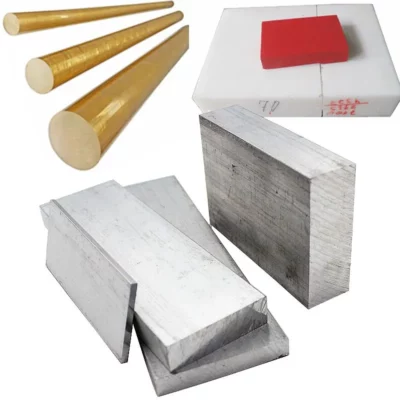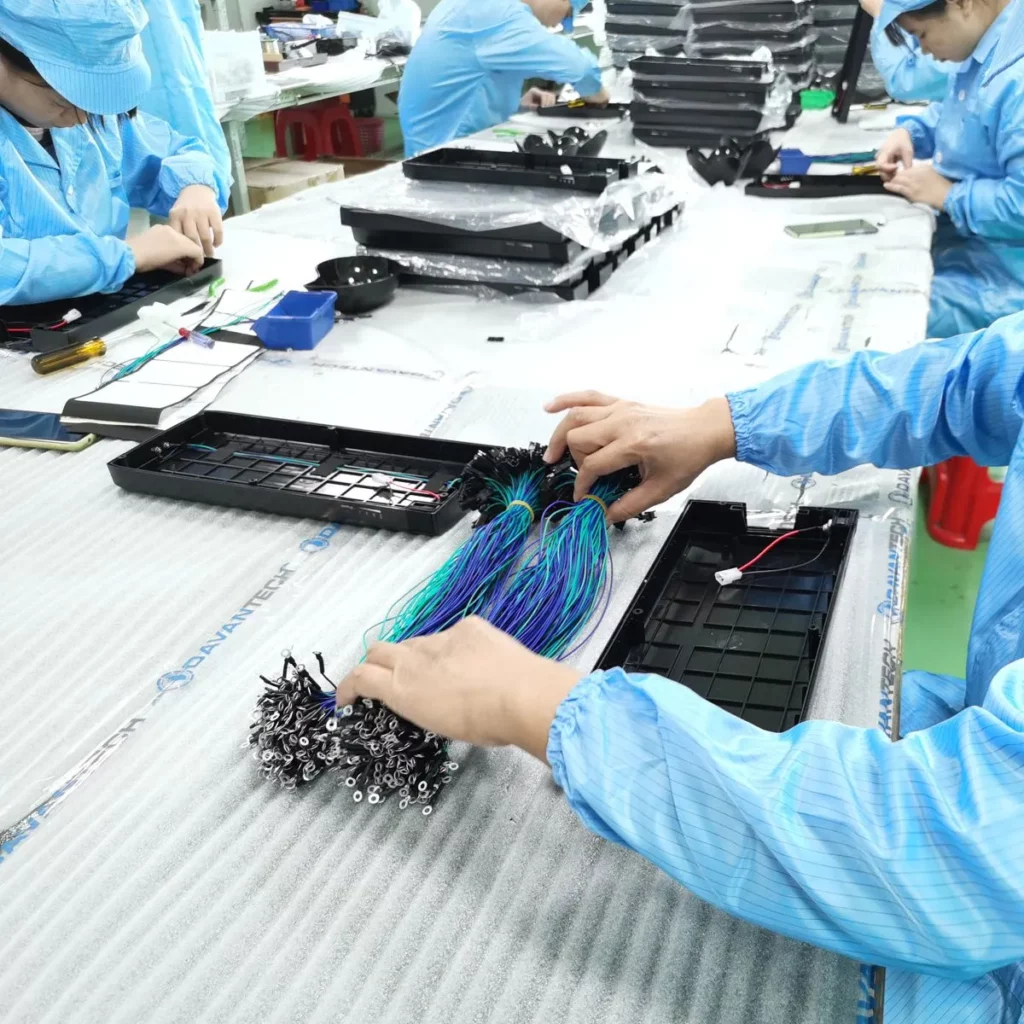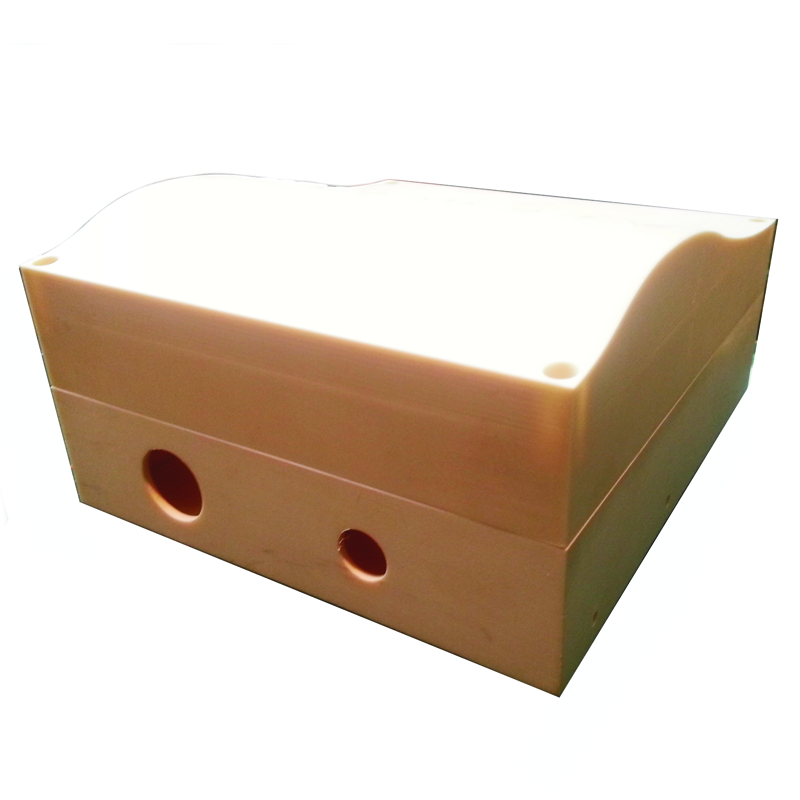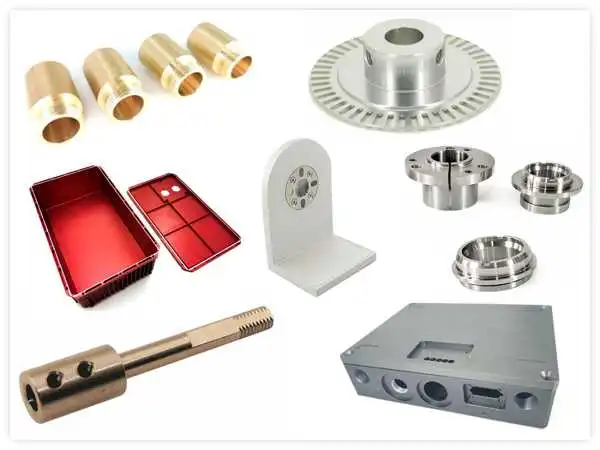
Plastic CNC machining differs from metal CNC machining in various aspects, encompassing material properties, tooling requirements, machining processes, surface finishes, and environmental considerations. These differences impact the way components are fabricated and their respective applications. The 5 differences between plastic and metal CNC machining explained:
-
Material Properties:
Plastics possess lower density and hardness than metals, impacting machining dynamics. Plastics are lighter and softer, affecting tool engagement and material removal rates. Metals, on the other hand, are denser and harder, demanding sturdier tools to withstand cutting forces and temperatures.
-
Tooling Requirements:
Plastic machining necessitates sharp-edged tools to avoid material melting and chipping. Tools with polished edges minimize friction and heat buildup. In contrast, metal machining demands tougher, heat-resistant tools capable of enduring higher mechanical loads and temperatures generated during the process.
-
Machining Processes:
Plastic CNC machining typically involves lower cutting speeds and feeds to prevent overheating. Slower speeds minimize heat generation, preserving the integrity of the plastic material. Metal CNC machining, conversely, employs higher speeds for efficient material removal, maximizing productivity but generating more heat.
-
Surface Finishes:
Another of the 5 differences between plastic and metal CNC machining is that plastic machining yields smoother surfaces due to reduced tool wear and material adhesion. The inherent softness of plastics and lower cutting forces contribute to finer finishes. However, metals might require secondary finishing processes like grinding or polishing to achieve comparable surface quality due to their hardness and potential for rougher surfaces.
-
Environmental Considerations:
Plastic machining has a smaller environmental footprint due to reduced energy consumption. Plastic chips are lighter, and lower cutting forces mean less energy expenditure. Additionally, plastic chips can be recycled more easily compared to metal chips. In contrast, metal machining consumes more energy and produces more waste in the form of metal chips, which may need specialized disposal methods.
In summary, plastic CNC machining diverges from metal CNC machining through distinctive material properties, tooling requisites, machining strategies, surface finish outcomes, and environmental consequences. These contrasts underpin the diverse applications and considerations associated with each machining approach.



